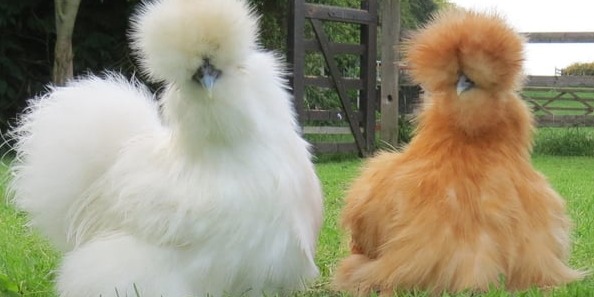
History
It is unknown exactly where or when these fowl with their singular combination of attributes first appeared, but the most well documented point of origin is ancient China. Other places in Southeast Asia have been named as possibilities, such as India and Java. The earliest surviving Western written account of Silkies comes from Marco Polo, who wrote of a "furry" chicken in the 13th century during his travels in Asia. In 1598, Ulisse Aldrovandi, a writer and naturalist at the University of Bologna, Italy, published a comprehensive treatise on chickens which is still read and admired today. In it, he mentions "wool-bearing chickens" and ones "clothed with hair like that of a black cat".
Silkies most likely made their way to the West via the Silk Route and maritime trade. The breed was recognized officially in North America with acceptance into the Standard of Perfection in 1874. Once Silkies became more common in the West, many myths were perpetuated about them. Early Dutch breeders told buyers they were the offspring of chickens and rabbits, while sideshows promoted them as having actual mammalian fur.
In the 21st century, Silkies are one of the most popular and ubiquitous ornamental breeds of chicken. They are often kept as ornamental fowl or pet chickens by backyard keepers, and are also commonly used to incubate and raise the offspring of other chickens and waterfowl like ducks, geese and game birds such as quail and pheasants.
Follow us